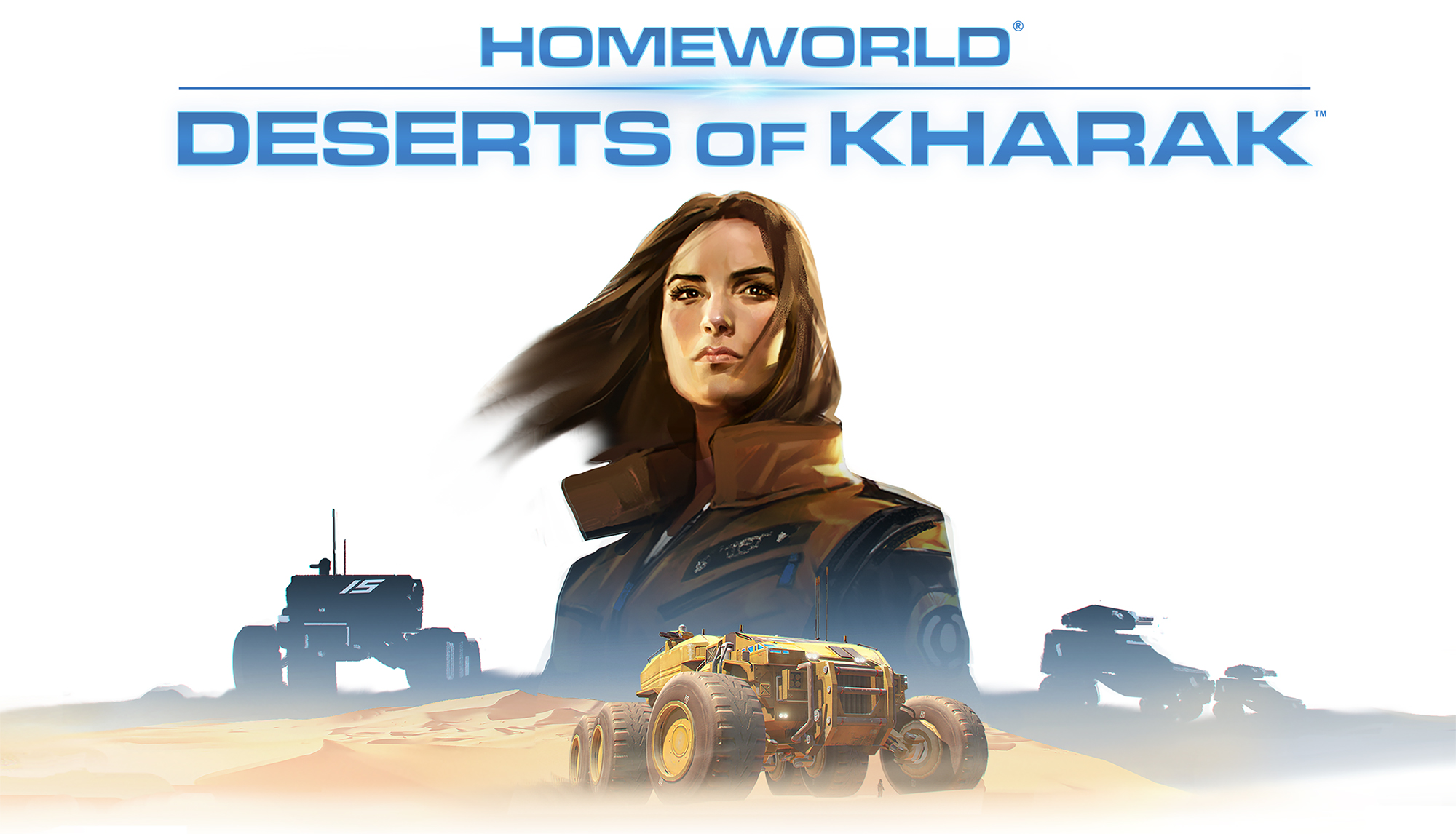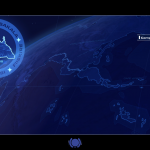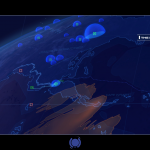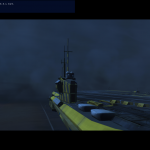A review by special guest editor Robyn Robo
So it’s been a long time coming for the sequel to Homeworld & Homeworld 2, a solid 12 years and one bankruptcy in fact. When first published in 1999, Homeworld was a revolution in real time strategy, a fairly hot genre at the time being just over a year since the release of the original StarCraft., This game, although being created by much of the original team behind Homeworld, wasn’t originally going to be an official sequel, but rather a game titled ‘Hardware: Shipbreakers’. The game has been in development for five years though, and in the intervening time its developers, Blackbird Interactive (http://blackbirdinteractive.com), acquired the rights to the original IP, re-released Homeworld 1&2 (although sadly not the related, add-on Cataclysm) and retitled the game ‘Homeworld: Deserts of Kharak. Blackbird Interactive is a team based in Vancouver Canada and as a company are relative newcomers, but with some very experienced folks at the helm.
Homeworld: Deserts of Kharak follows the story of the retrieval of the many ancient artifacts leading into the story of Homeworld 1. As Rachel S’jet, presumably closely related to Karan S’jet from the first game, you are a scientist on a militaristic research retrieval mission of the find of the century. A power source rivalling your sun has been found in the barren desert of a Kushan tribe. Although not really explored in background story of the first game, not everyone is happy with the idea of a return to space travel and advanced technology, and the tribe in that southern desert opposes your coalition’s pursuit of the Jaraci object at every turn.
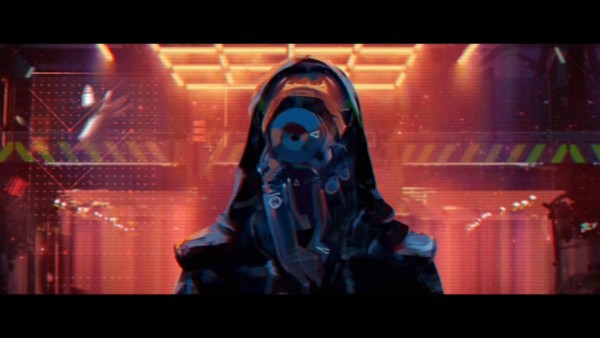
These guys are mean!
As implied by the title, Kharak is mostly a desert world and slowly becoming uninhabitable. The game continues the series’ tradition of a beautiful, middle-east influenced sound track, desert theme, and occasional smattering of syllables and words from Hebrew and Arabic. The influence of Zionism, the UN and the Middle East on the storyline of all of these games is obvious and runs deep.
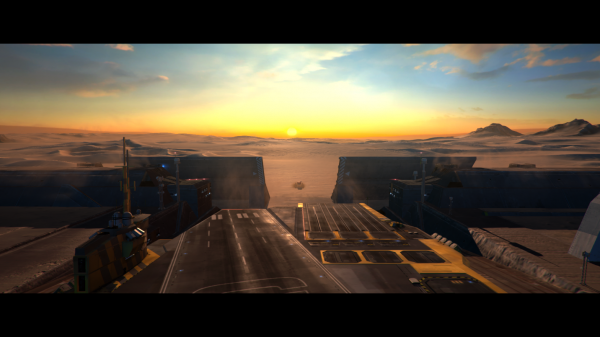
Embarking on your mothership… I mean carrier
In the detached setting of science fiction, I think it becomes a beautiful narrative and background that allows a much deeper storyline than the average science fiction to unfold. The laser focused direction of art throughout the games brings to fore a loose, sparsely shared story that many science fiction and RTS games utterly fail to achieve. I feel that this has been a consistent achievement of the main Homeworld franchise and sets it starkly against series like Command and Conquer or StarCraft, whose franchises tend to follow an aesthetic or jumble of tropes respectively rather than a fully fleshed out world moving towards a narrative goal.
One a superficial level, the game pays homage to its predecessors with the industrial-construction equipment theme of your units, with their yellow color and rough, durable build. The music is right at home with the acclaimed music of its predecessors, and the moving 2.5D concept art feels like a full upgrade. The game engine is quite different, although following a familiar minimalist blue-button heads up display, there is no “full-3D” combat. This means the developers had to go searching for new ideas instead of relying on what set apart the tactics of 1 and 2 and what they came up with is quite solid. For example, there are terrain/elevation changes and airborne rapid response strike craft. The combat and building of the game feel sped up, but without losing the depth of careful unit deployment and an almost too-deep game of rock-paper-scissors with tiny craft, medium craft, big craft and specialized weapons best against each or those pesky aircraft that launch on occasion. I feel like this comes off as a good move in the series as it shows there is a depth to the tactical style beyond the gimmick of “strikes from 360 degrees”. There are further changes as well, the series couldn’t quite resist switch to a 2-resource model and added on new features including turret deployment and a much deeper unit upgrade tree.
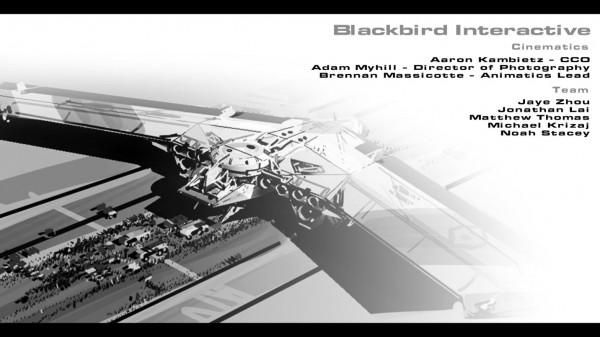
The concept art itself is a continuation of some of the best elements of the original.
I suspect most people new to the game will start off with the campaign missions. The first missions offer a tutorial on the controls of Homeworld as well as an overview of gameplay. This is a good way to learn some of the unique controls of the game and generally well done. The first mission and its cut scenes introduce the lead character, Rachel S’jet and the Carrier, your semi-mobile mothership replacement. Further introduced are most of the basic tactical elements, although they continue to introduce more as the game goes on. At only 13 missions, and with the first mission primarily feeling like an introduction, the campaign is almost too short. The maps and scenarios are varied and occasionally, such as with the Boneyard, reference older campaign missions from the original games appear. Between each mission are cut scenes, dialogue, and a map of your mission as it progresses and evolves. This adds to the overall depth and connection to the characters of the game, and gives them and the concept are a chance to shine without the distraction of imminent attacks.
- This is the ‘world map’ of the campaign, sadly it falls into the ‘redone from a real map’ category, as it appears to be almost a direct pull of an angled view of India and SE Asia. I can see Russia from my space craft.
- I think I just conquered Malaysia.
The Gaalsien tribe seems to be oddly more advanced as you interact with them. This is mostly shown by their craft being more rounded in appearance and able to hover over the sand, rather than crawl through it. Don’t worry, much as in the first series, you will quickly catch up. However, this time there is more variety between the units of the two sides and the gameplay differences add a lot to the fun. Being caught in their territory, pressed by desert storms and without support leaves you in much the same position as the mothership in deep space. There’s no turning back, only pressing into the future. You do retain units between levels again, and with the number of overwhelming assaults, retaining and repairing units is a top priority. This mechanic leads to far more tension and realism than rebuilding your entire army at the start of each mission.
Once you’ve completed the missions you’ll likely be left hungering for more gameplay. Luckily, the game includes a set of options for skirmish and multiplayer modes with players able to pick and choose their livery, form teams, and compete between multiple options for victory. This is really where the tactics and strategy of the game in construction and research come into full scope. With everything unlocked, players can compete to pull out new technology first, or invest in larger armies or harvesting operations. Players will need to lay down inexpensive turrets to ‘claim’ pockets of resources or keep marauding opponents off of their backs. Once you’ve been beaten enough opponents in the single player skirmish option, which offers a surprisingly challenging AI to practice against you should head online. In multiplayer you can get an appreciation of the deep differences in play between the Coalition and the Gaalsien. The differences in their build strategies, research and overall gameplay is enormous, and in ways not made obvious just playing against them in the campaigns. The online play includes auto matching, a must-have in newer games and a leaderboard. Its features are a bit sparse but certainly do what is needed. Games can be open or private, and you can invite your buddies via Steam’s friend list to fight in teams, against the computers, or in a free for all. There is both an in game chat feature as well as Steam’s shift-tab chat overlay. Players are offered the ability to customize their fleet and this ability sticks between games. This is in case you really need to make sure that your favorite shade of purple is always in play, of course. Online play includes the ability to choose a victory condition from three options or otherwise mix the various victory conditions.
Overall, the game’s fantastic themes and engaging science fiction make the campaign worth every brief minute. The graphics and music are top notch for a modern RTS. If you’re buying the game solely for its campaign and story, while they are extremely well executed, it will leave you wishing there was more. The continuing play online and in skirmishes add a long term and substantial source of enjoyment however, and hopefully the online community will thrive. The well balanced and unique tactical and strategic options presented in multiplayer and single player skirmishes show that this game is more than just a nostalgia tie-in, but Blackbird and the roots of Homeworld’s methodical gameplay run deep. At $50 you’re definitely getting AAA polish and depth that, if you are a fan of PC skirmishes and online matches, is well worth its weight.
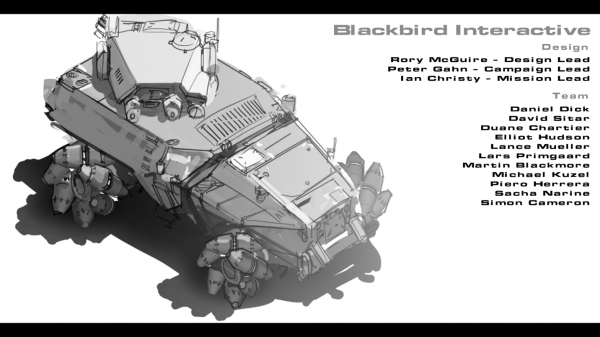
Good luck out there
